

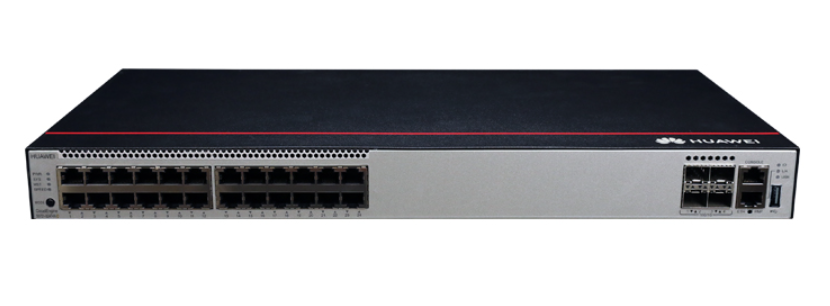



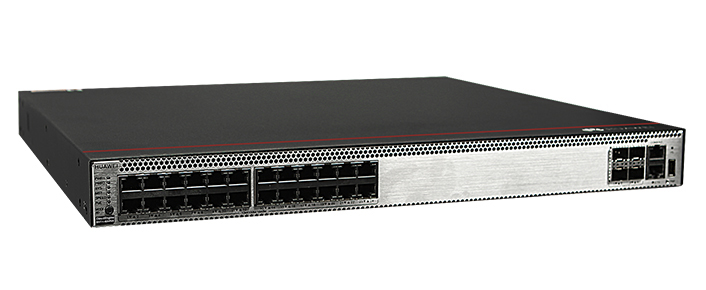
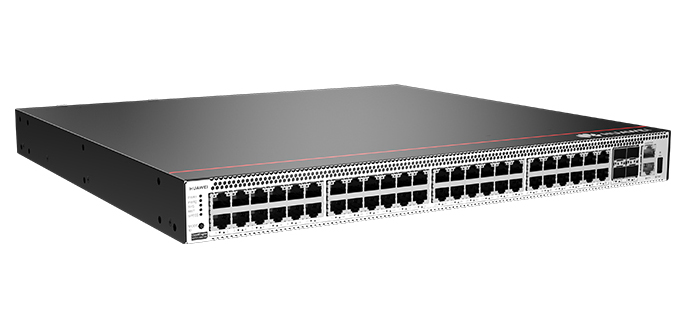
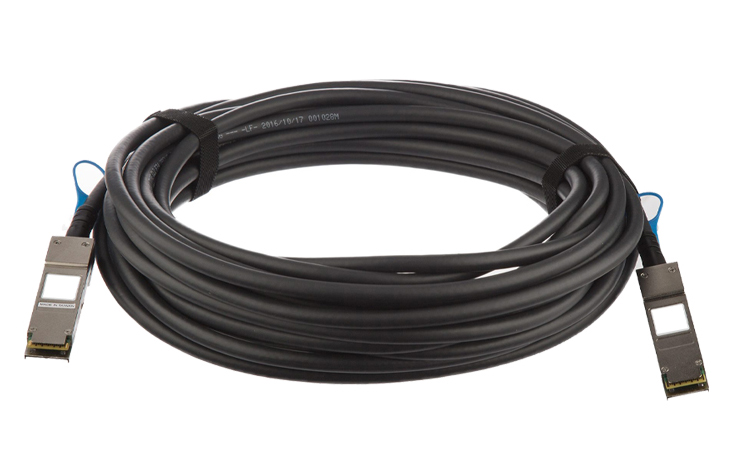

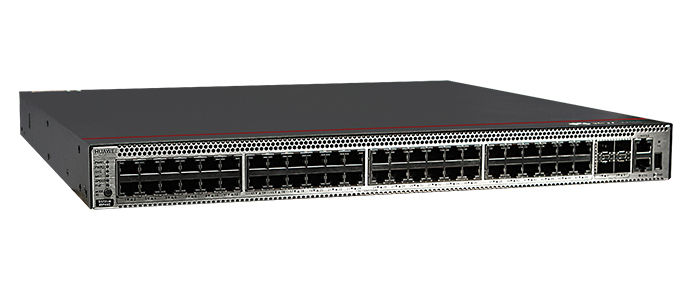
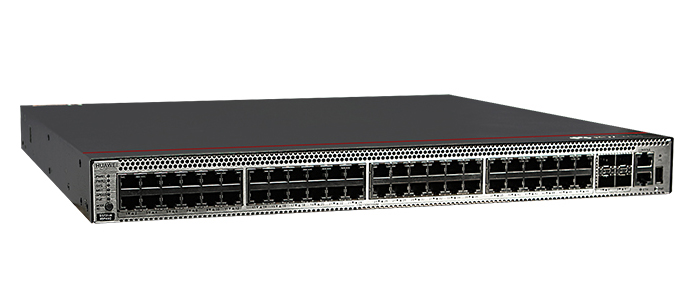

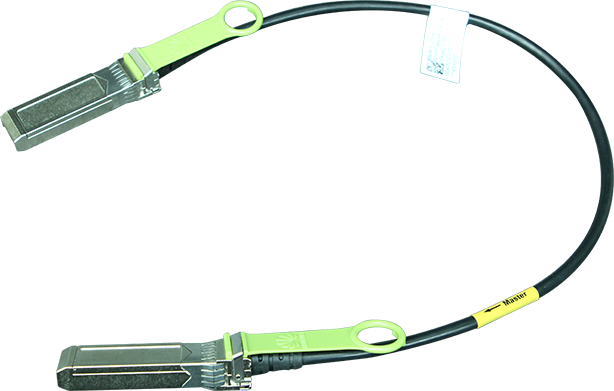
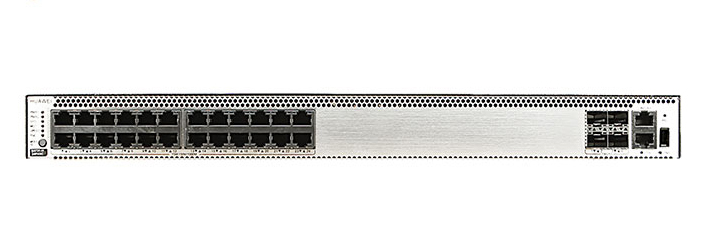
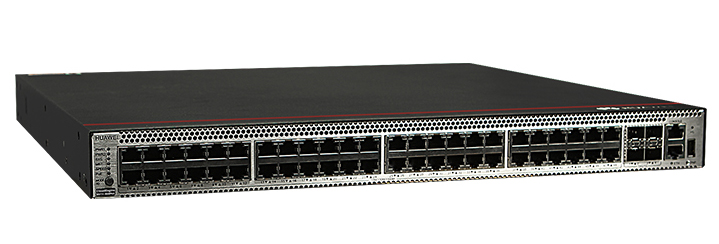
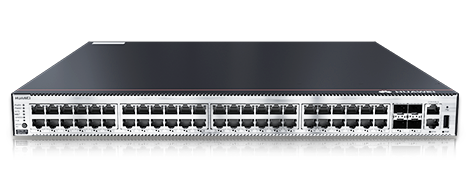

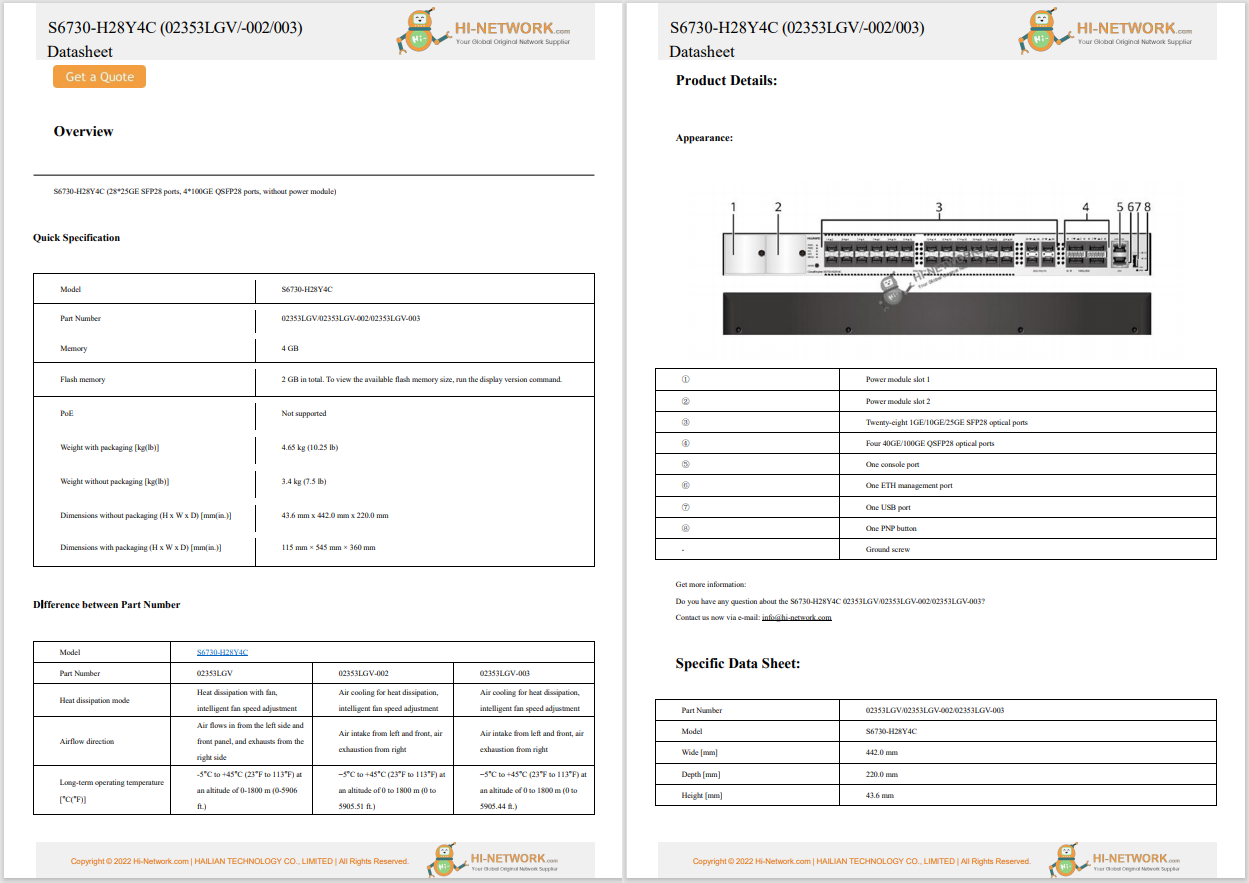

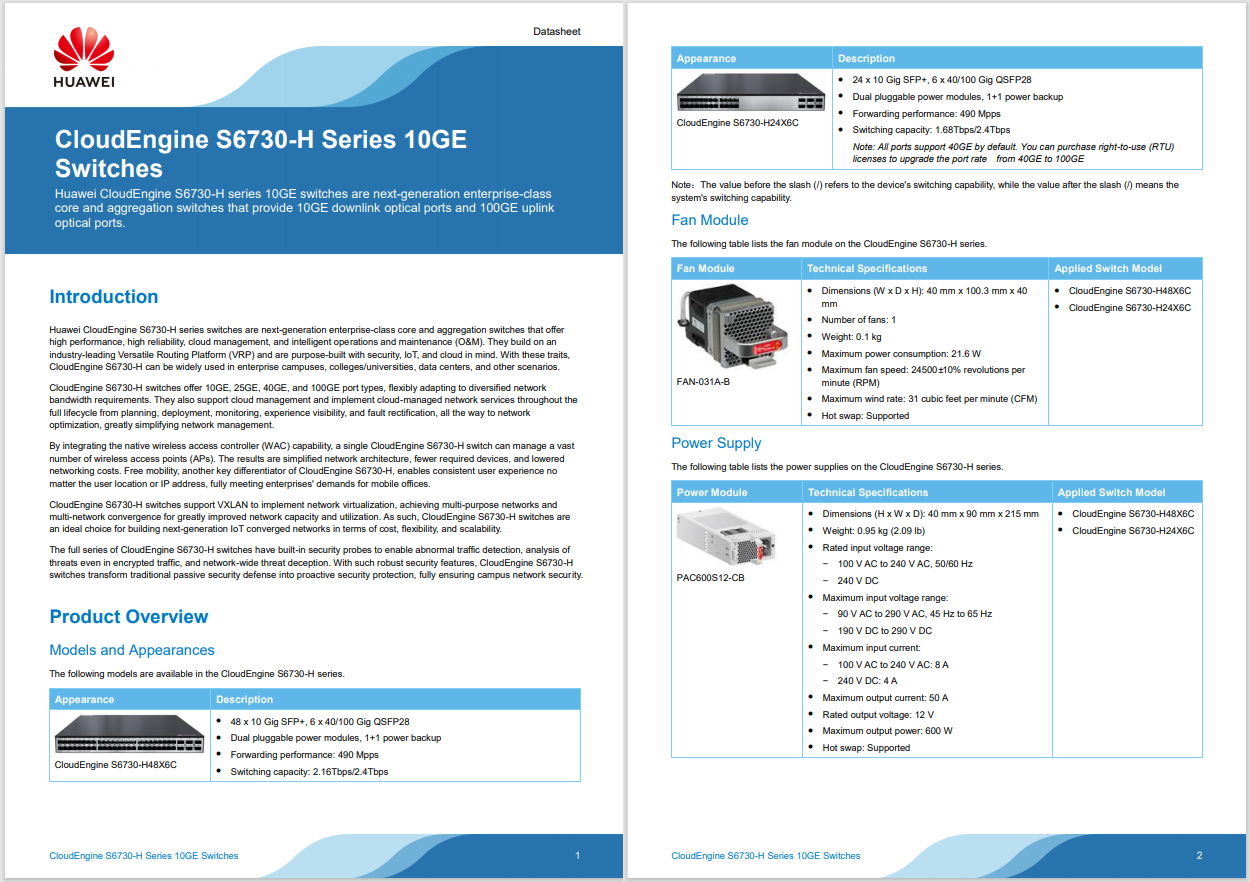
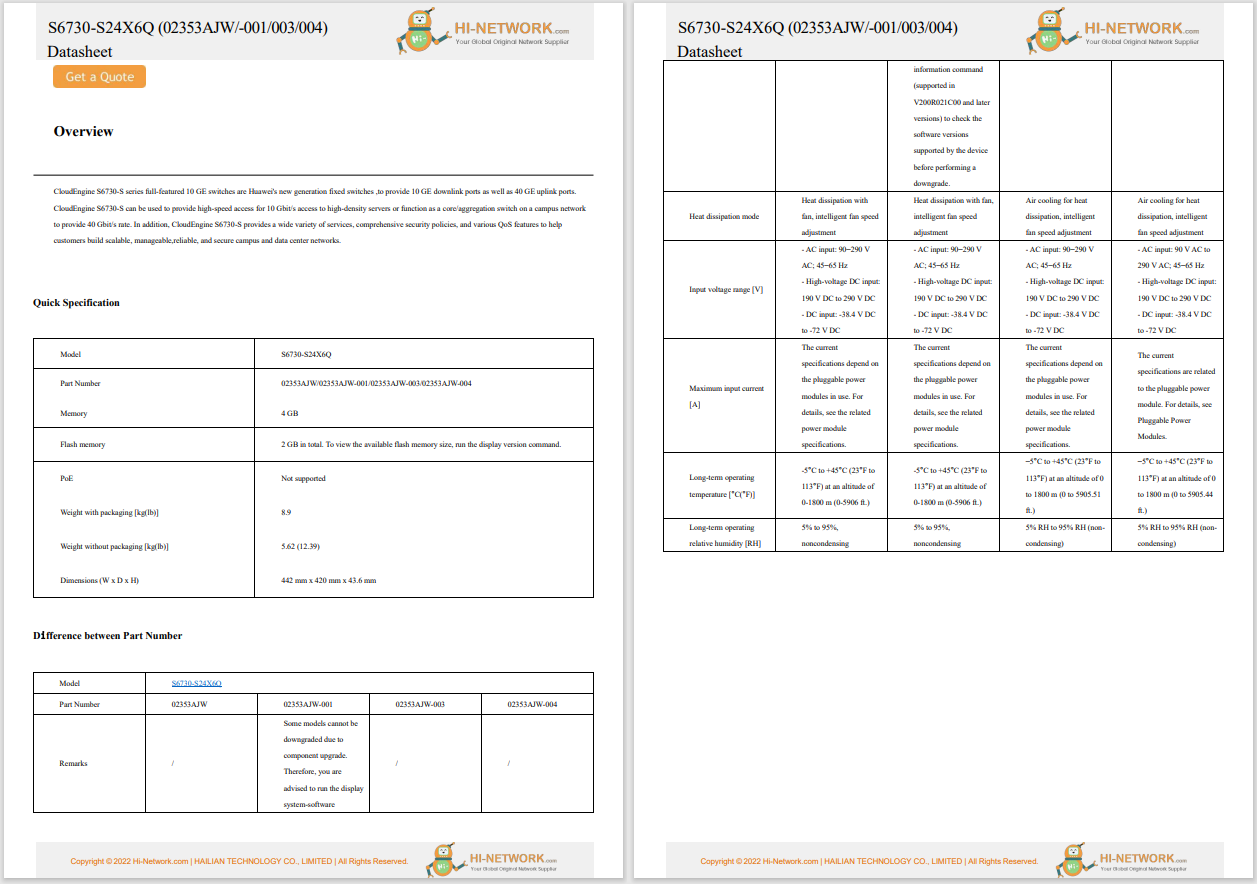


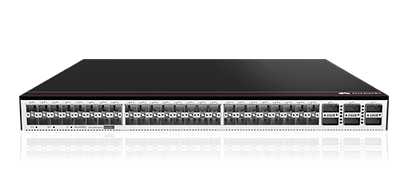
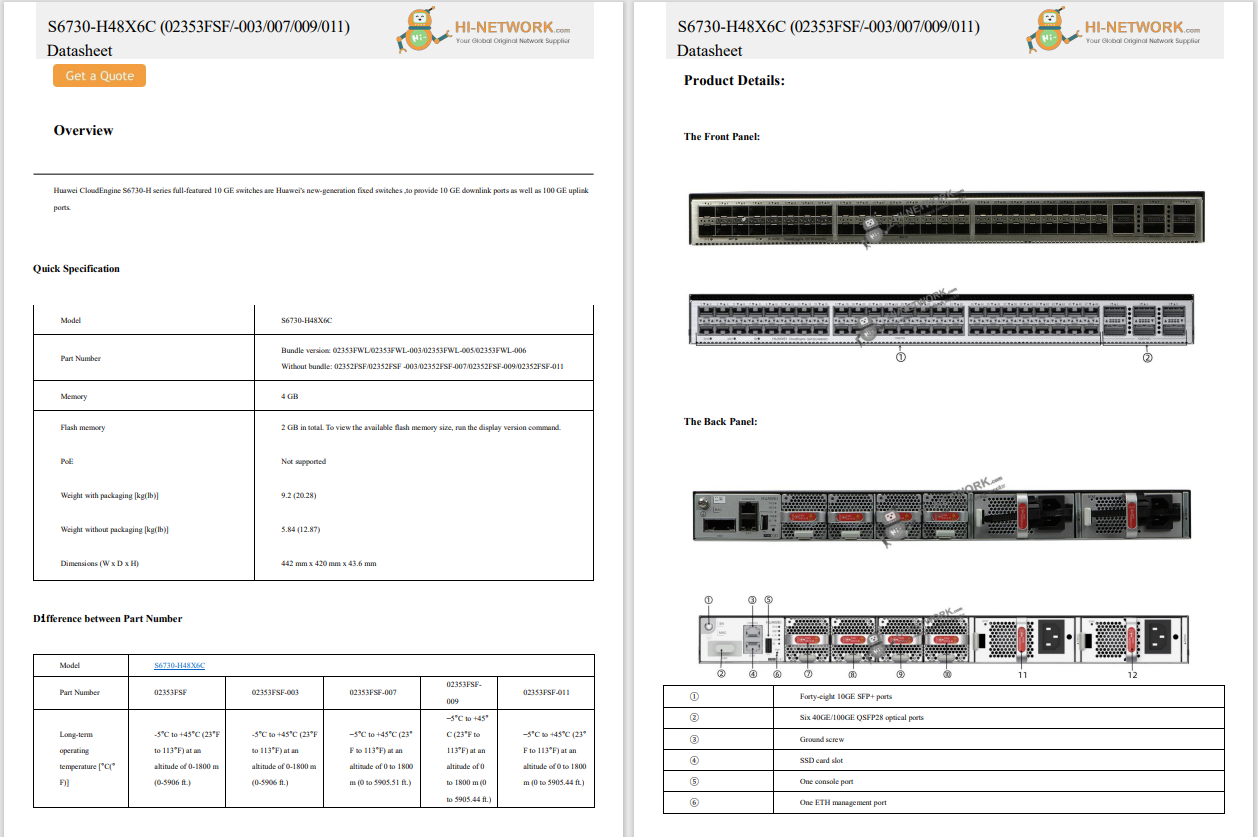
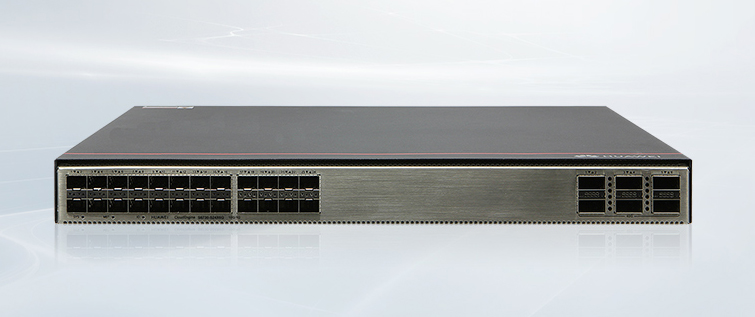



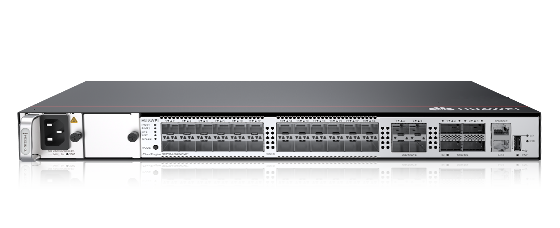
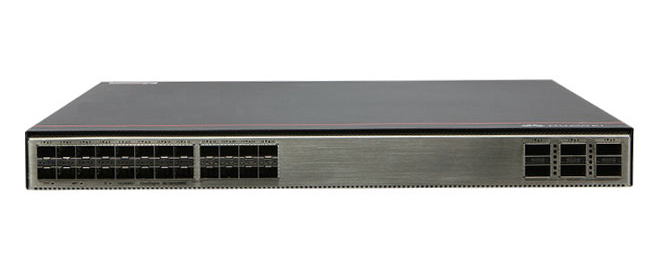
This article explains how to make your Windows 11 taskbar bigger or smaller.
The easiest way to change the Windows 11 taskbar size is with a registry edit.You can learn more about using the registry here, but as long as you follow along carefully and back up the registry beforehand, it should be straightforward and safe.
Search forRegistry Editorand then open it.
:max_bytes(150000):strip_icc()/001_change-taskbar-size-in-windows-11-5190012-b72e86e701094fb785fb05109c28125b.jpg)
Use the folders on the left side to navigate to theAdvancedkey in this path:
HKEY_CURRENT_USER\Software\Microsoft\Windows\CurrentVersion\Explorer\Advanced\ Right-clickAdvancedin the left pane and go toNew>DWORD (32-bit) Value.
:max_bytes(150000):strip_icc()/002_change-taskbar-size-in-windows-11-5190012-db8c8ba98dcd43fdbe6eac830f696070.jpg)
When asked for a name, type this and then pressEnter:
TaskbarSi Double-click the value to open an edit box. Change the number to one of these and then selectOK:
:max_bytes(150000):strip_icc()/003_change-taskbar-size-in-windows-11-5190012-26faf400c321431291eb18455cd1f1a8.jpg)
Restart the computer or log out and then back in. You can do this by right-clicking the Start button and choosing one of the options in theShut down or sign outmenu.
The default taskbar size can be restored by returning to step 5 and deleting theTaskbarSivalue. After a reboot, the Windows 11 taskbar will return to its normal size.
Or, if you don't want to delete the value, double-click it to change the value data. Instead of a 0 or 2, make the number1and then reboot your computer. The benefit of doing this is you don't have to remake the value should you decide later to change the taskbar size again. You can edit the registry value as often as you want.
If you do plan on editing the registry often to change the taskbar size over and over, be sure to keep a backup of the registry. If you accidentally delete or edit a different value, restoring the registry backup is always an option.
Fortunately, there isn't a separate registry value you need to make to resize the taskbar icons. Resizing the taskbar itself also changes the size of the icons.
Choosing0in step 5 above creates smaller taskbar icons, while2will make bigger icons. You can see here how the icons differ between the different taskbar sizes.
:max_bytes(150000):strip_icc()/004_change-taskbar-size-in-windows-11-5190012-cdfc1c100ab64ebc93c734534e30e96f.jpg)
If you want to resize the taskbar icons because they're taking up too much room at the bottom of your screen, consider hiding the taskbar. To do this, right-click the taskbar, selectTaskbar settings, chooseTaskbar behaviors, and then turn onAutomatically hide the taskbar.
Doing this will automatically hide the taskbar each time your mouse moves off of it, instantly providing more screen space. It will appear again when the mouse runs along the bottom of the screen.
:max_bytes(150000):strip_icc()/automatically-hide-the-taskbar-windows-11-d9f8d2aff5684635981ff018a7e4d23b.png) How to Customize Your Windows 11 Taskbar
How to Customize Your Windows 11 Taskbar To remove the Task View icon from the taskbar, right-click the taskbar, go toTaskbar settings, and then select the button next toTask viewfrom the list of options.
While you can't pin the volume mixer to the taskbar, you can easily access it by right-clicking the volume icon on the far right side of the taskbar and selectingOpen volume mixer. Alternatively, go toSettings>System>Sound>Volume mixerto control volume settings for various apps and devices.
 Tags quentes :
Tags quentes :